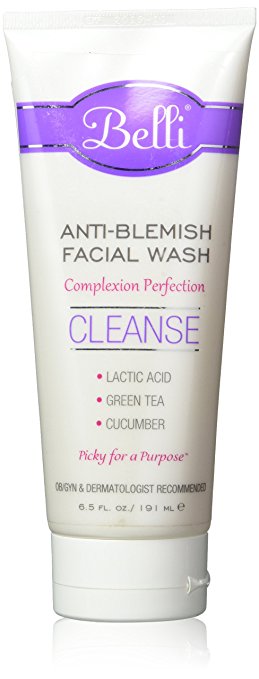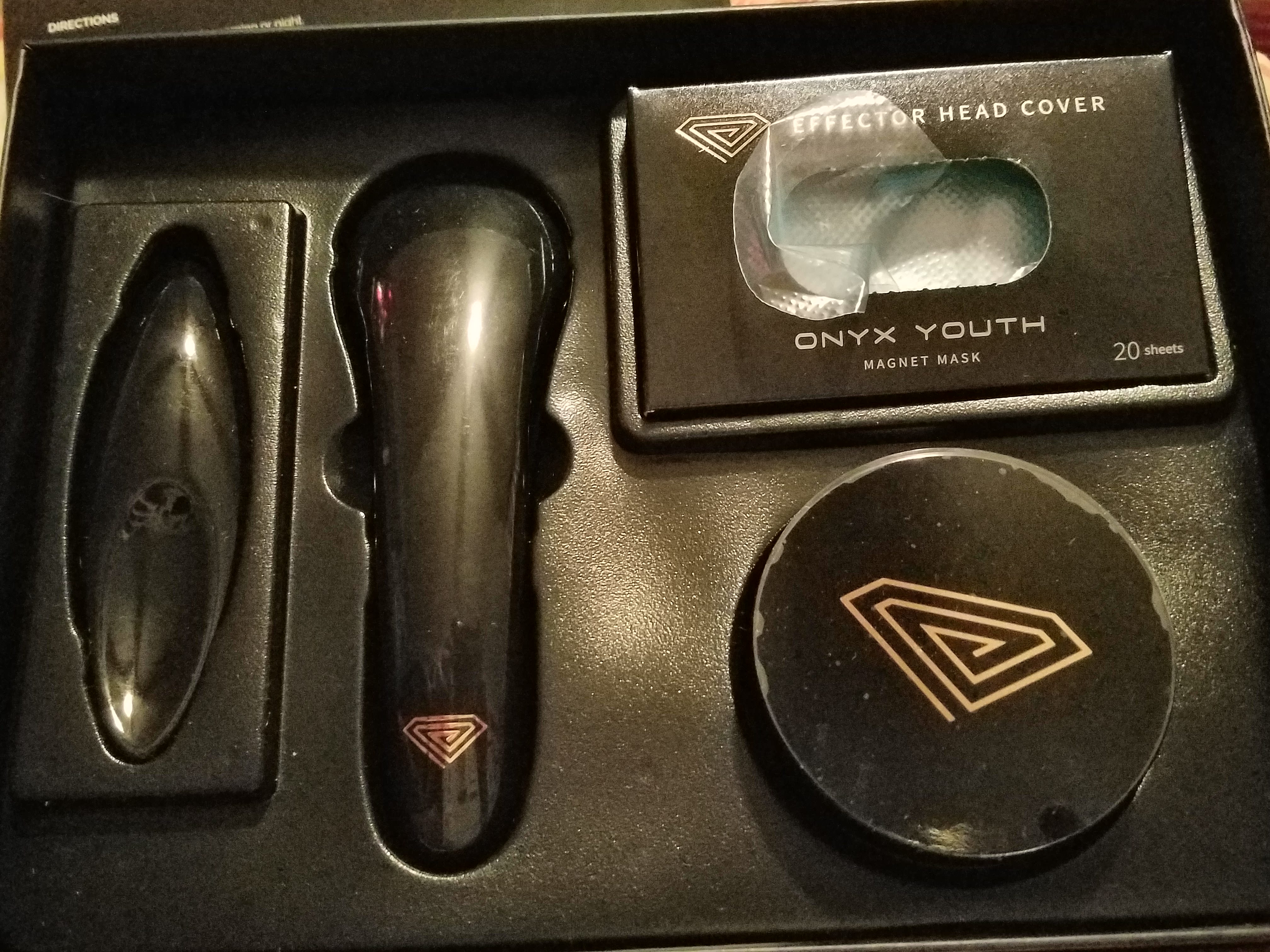If you have tangles in your hair, if you think your hair is impossible, hard to manage, or just makes you crazy, you will want to know about the Flex Brush. It sounds too good to be true, but it really works. I used it on my partner’s wild and curly hair, and it not only sailed right on through his tangles and knots, but didn’t hurt him in the process.
If you have a child who HATES hair brushing time, this will save both of you. Your sanity, their tears, and a whole lot of time. The detangling spray is also fantastic. For that extra added “easy glide”, it really makes things that much easier. For one of the first times, I was able to run my fingers through his hair.
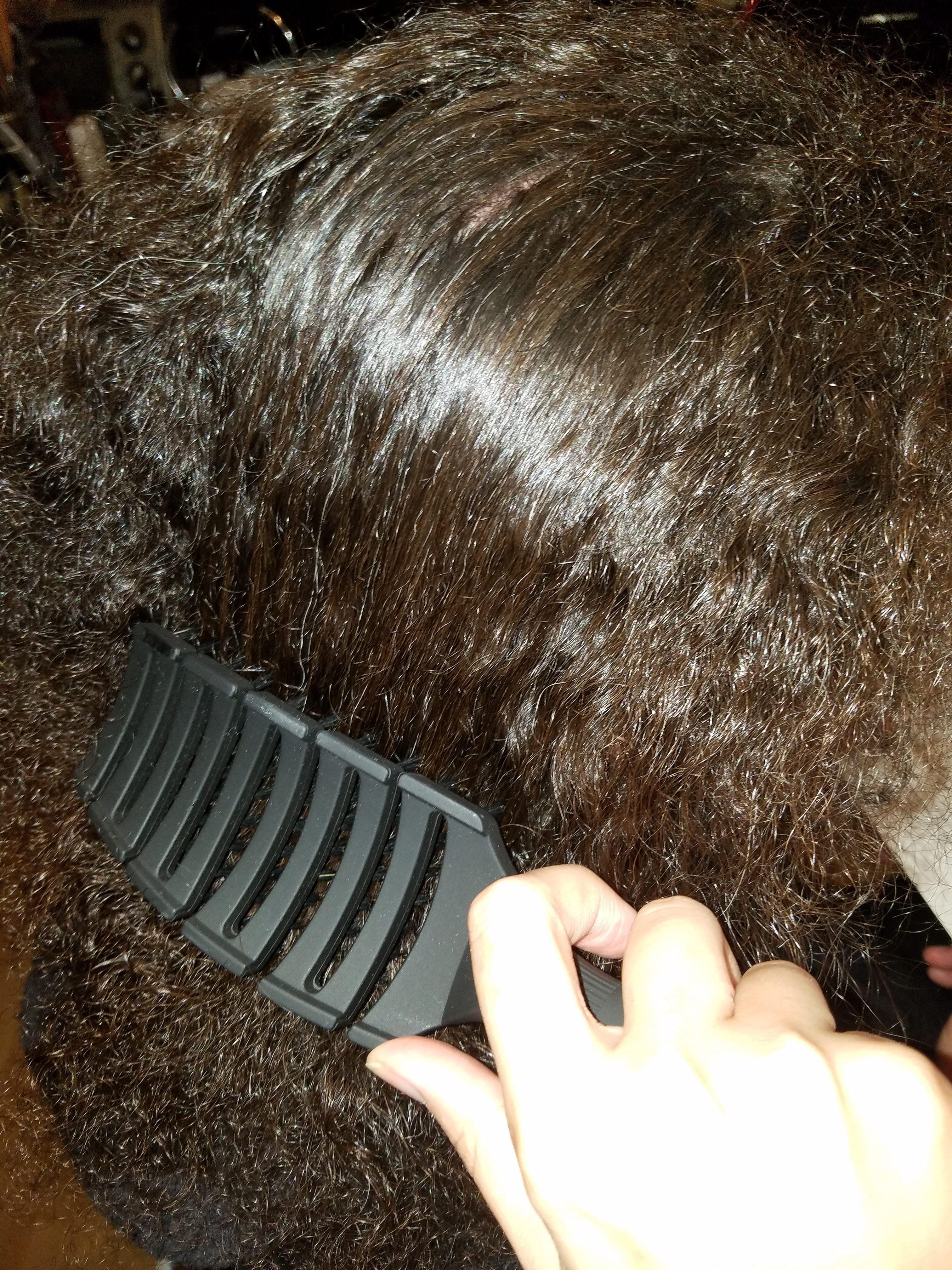
World-renowned celebrity hair stylist Angelo David Pisacreta, owner of the elite Angelo David Salon in New York City, and hair-tool veteran Jacob Guttman, founder and CEO of Creative Pro Hair Tools, introduce The Flex Brush™—an all-purpose tool that safely detangles hair, massages the scalp and promotes health and hair growth. The brush’s versatility, combined with its flex technology, make it the most forgiving hair brush on the market.
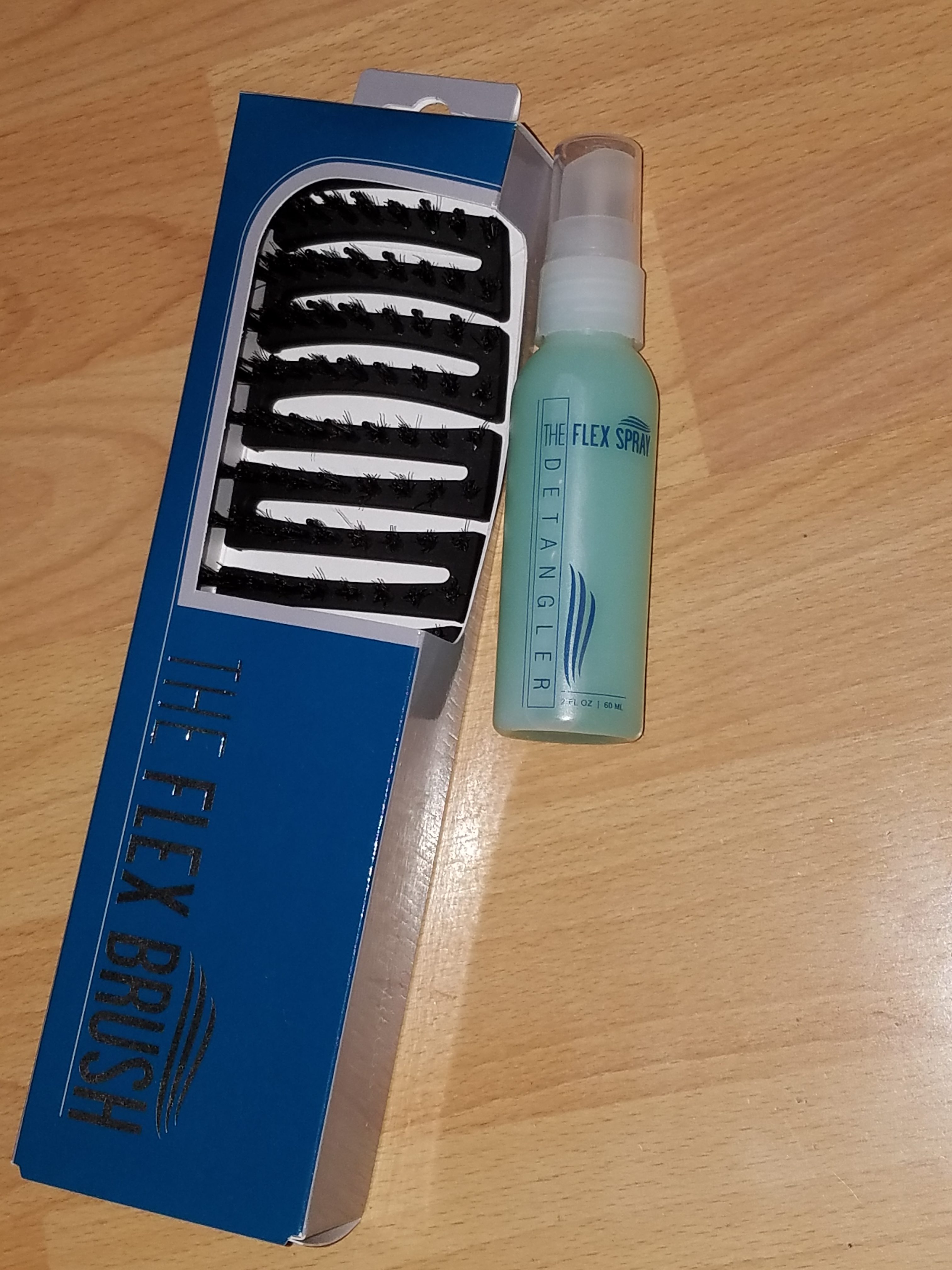
The Flex Brush™, designed for both wet and dry hair, bends to follow the contours of your head, massaging your scalp and stimulating the production of natural oils. The brush has vents that allow heat to pass through it, so blow drying won’t damage the brush. For ultimate detangling, pair it with FlexDetangle Spray, a revolutionary leave-in conditioner that increases flexibility to minimize damage during styling and detangling. Here is what sets The FlexBrush™ apart from other brushes on the market:
- It is the most versatile brush on the market, so whether your hair is curly, fine, delicate or thick—or if you have extensions or a sensitive scalp—The Flex Brush™ is your go-to hair tool.
- The Flex Brush™ is made from all-natural rubber, and the coating has a soft-touch finish that’s comfortable and easy to grip.
- The Flex Brush™ is vented and super lightweight, so it can be used while blow drying. Air can pass freely through the integrated vents, resulting in much faster drying times.
- Thanks to its flexibility, The Flex Brush™ gives your scalp a soothing massage that increases the blood supply to your hair’s follicles. Increased circulation helps increase the flow of oxygen and nutrients that are essential for growing strong, healthy hair.
- The Flex Brush™ is especially great for detangling children’s hair. Unlike traditional brushes, it flexes to avoid snagging on tough knots, so there’s no pain. Plus, you get damage-free detangling on all hair types, whether hair is wet or dry.
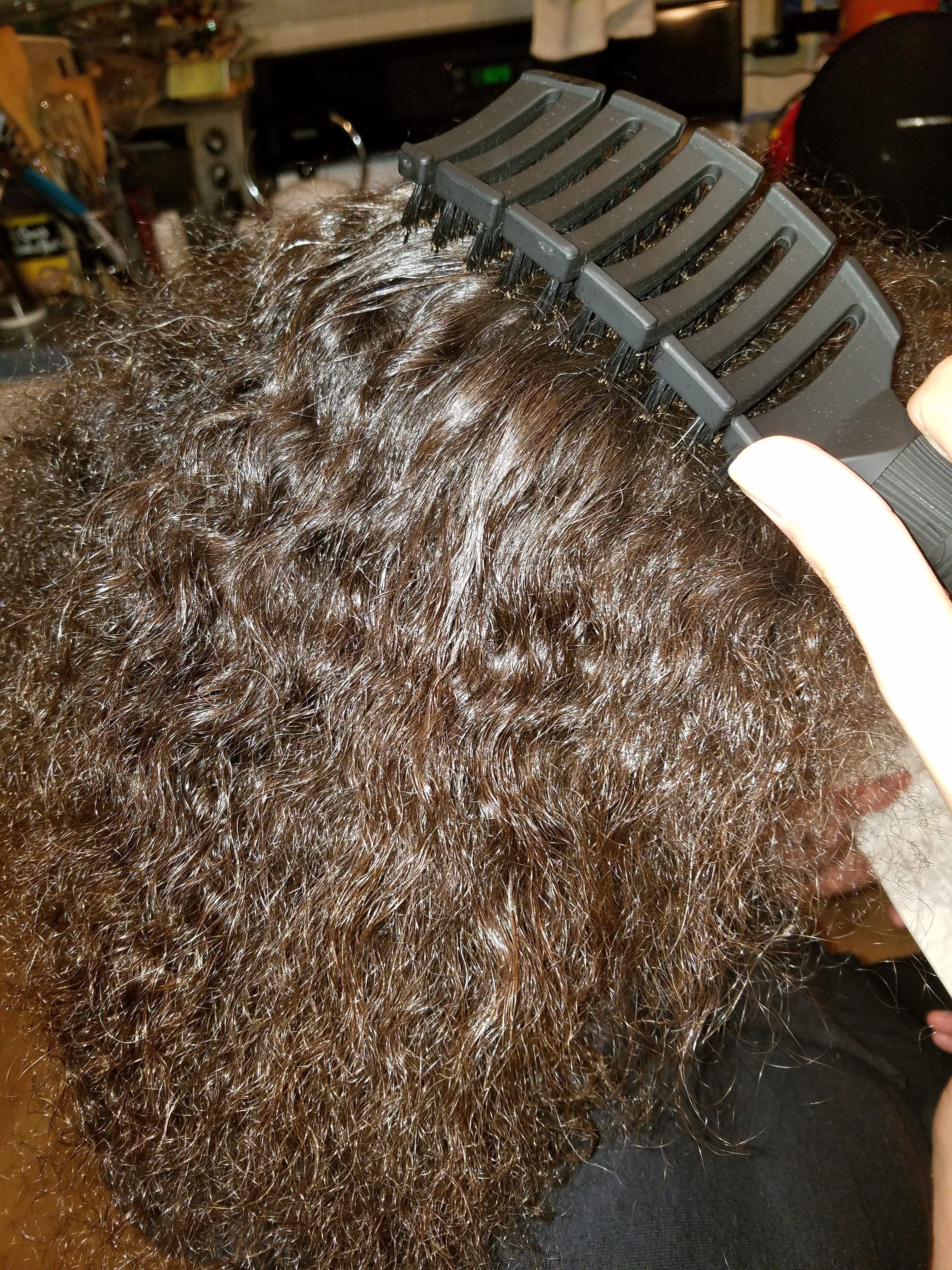
About The Flex Brush™
The Flex Brush™ is the creation of two of the most innovative minds in beauty: Angelo David, owner and creative director of the elite Angelo David Salon in New York City, and Jacob Guttman, founder and CEO of Creative Pro Hair Tools. While on the beach in Aruba, Angelo was disturbed watching people destroy their hair, as they yanked rigidbrushes through knots, tearing ends and destroying roots. He contacted Jacob and together they designed The Flex Brush™—an all-purpose tool that detangles safely, massages the scalp and promotes hair health and growth. It is designed for both wet and dry hair.
The Flex Brush™ comes in three variations:
The Flex Brush™ Petite Mixed Bristle for SRP $19.95
The Flex Brush™ XL Nylon Bristle for SRP $19.95
The Flex Brush™ XL Mixed Bristle for SRP $25.95
The Flex Detangle Spray is available in two sizes:
the 2 oz bottle for SRP $6.95
the 8 oz bottle for SRP $17.95
